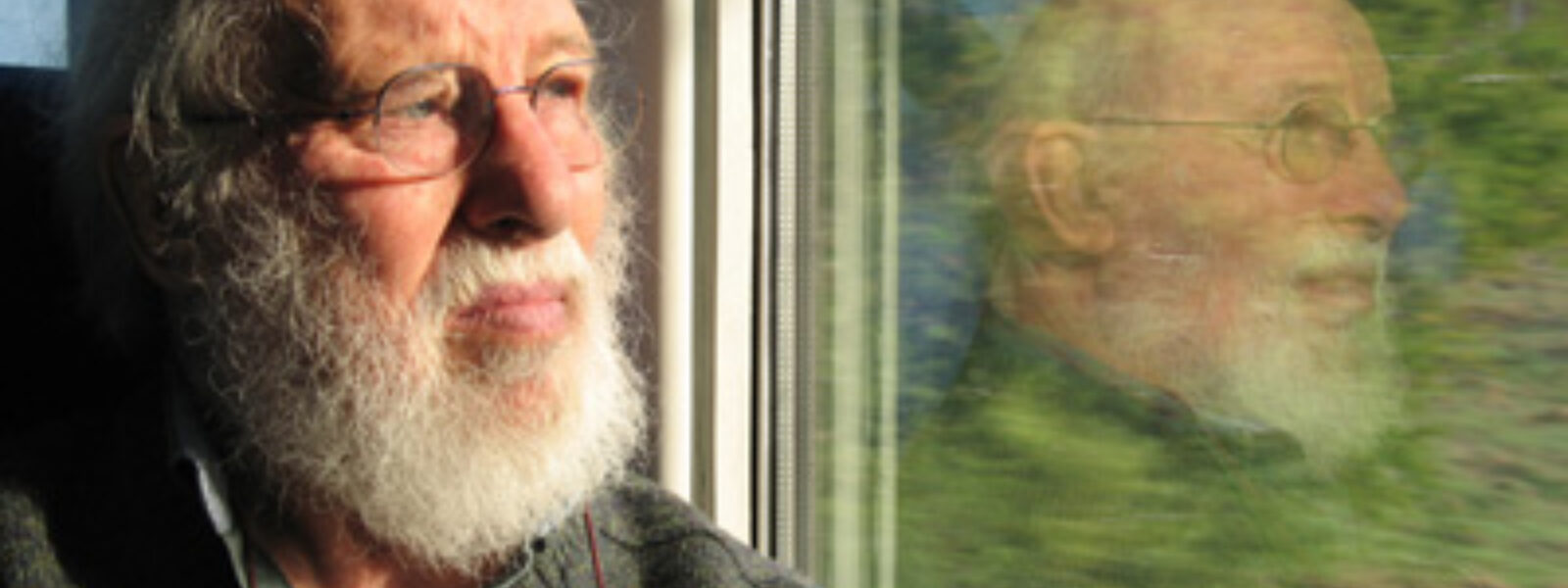
Leader of Save the Whale Movement, Dr. Sidney Holt, Dead at 93
Few scientists have had as much impact on fisheries and the International Whaling Commission as Dr. Sidney Holt, who died just before Christmas at his home in Italy.
In 1957, Dr. Holt, with his colleague, Ray Beverton, wrote the “bible” of fisheries management, On the Dynamics of Exploited Fish Populations. This seminal book laid out the dynamics of fish populations and provided marine biologists and policy makers with means to determine harvest levels that did not harm the overall populations of target fish. Holt began this work in 1953 with the United Nations Food & Agricultural Organization (FAO), and worked for 25 years with different United Nations programs. He held professorial chairs at the Universities of California Santa Cruz, of Rhode Island and of Malta, and a Senior Overseas Fellowship at St John's College, Cambridge. He also served as a consultant for many environmental organizations through the years.
In 1961, Dr. Holt and two colleagues (knows as the Committee of Three) issued a critical report on whaling for the International Whaling Commission (IWC), noting with alarm the decline in whale stocks due to rampant commercial whaling approved by the IWC despite objections from marine mammal scientists.
Dr. Holt became a strong advocate for whale protection, introducing the successful idea of whale sanctuaries, as a delegate for the government of the Republic of the Seychelles. At the IWC his measure for an Indian Ocean Whale Sanctuary passed despite opposition from many whaling nations. Eventually, in 1994, the Antarctic Ocean was declared a Whale Sanctuary by the IWC, a provision that Japan objected to and regularly violated.
Holt went on to work with conservation-minded nations to obtain IWC approval for a moratorium on commercial whaling in 1982, which was phased in for the 1985-86 whaling season in Antarctica. This vote virtually eliminated commercial whaling, except by the government of Japan, which essentially nationalized its whaling industry and issued “scientific permits” to hunt whales, albeit in lower numbers than commercial whaling.
Embed from Getty ImagesIn 2018, Japan dropped out of the IWC altogether, but ceased whaling in Antarctica. (They do pursue commercial whaling at much lower levels within their own 200-mile zone.) Norway also continued whaling at low levels, and Iceland has returned to commercial whaling in recent years. These three are the last commercial whaling countries in the world.
Dave Phillips, Executive Director of Earth Island Institute, and I often attended IWC meetings, where we published the conservationists’ newsletter ECO, to provide delegates and the media with inside information on whaling machinations behind the scenes. Dr. Holt was a great advocate of ECO, and I often published articles by him in ECO. He was also a consultant for several environmental organizations, including joining Paul Watson’s Sea Shepherd Conservation Society Board of Advisors in 2010.
I especially remember a comment he made at a press conference at the IWC one year. A reporter asked him about the effort to “open up” the IWC to outside public review on behalf of the whales. Sidney replied that they had instead “battered down the doors of the IWC” to gain protection for whales.
David Phillips commented: “I was first introduced to Sidney in 1979 by Dave Brower, founder of Earth Island Institute, who stated simply: ‘There is no one in the world who knows more than Sidney Holt about what it takes to save the world’s whales.’ I came to find out just how right Dave was! It was Sidney who blew the whistle on the near extinction of blue and humpback whales back in 1959. It was Sidney's prowess as a scientist that underpinned the eventual moratorium on whaling at the International Whaling Commission. For decades he went toe-to-toe with the Japanese and Russian scientists, government hacks, whaler lobbyists and all those who perpetrated the decimation of the world’s whales. Sidney stands highest in the Pantheon of whale savers, and we should all remember that whenever we see a wild whale.”
Most of Dr. Holt’s work went on behind the scenes, so he is not as well known as others who helped save the whales (and many who are still working to save the whales!). But he had an outsized role and a steadfast commitment.
We will miss him and his many contributions to bringing back the great whales from the brink of extinction at the hands of the commercial whaling industry.